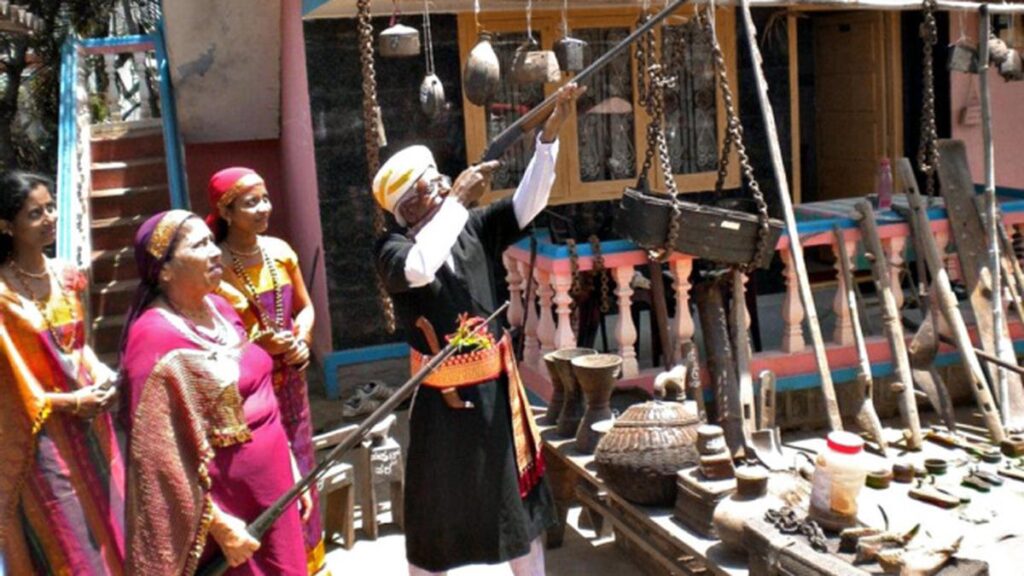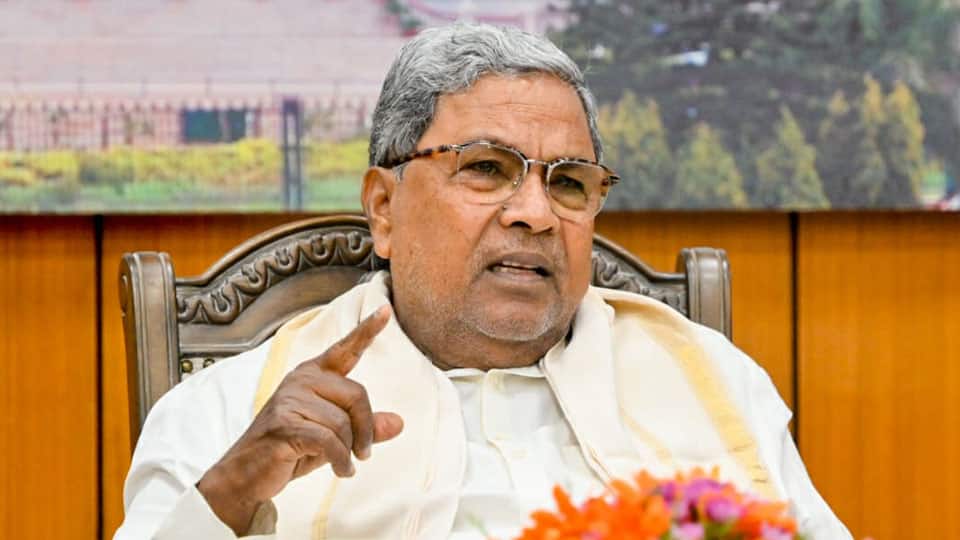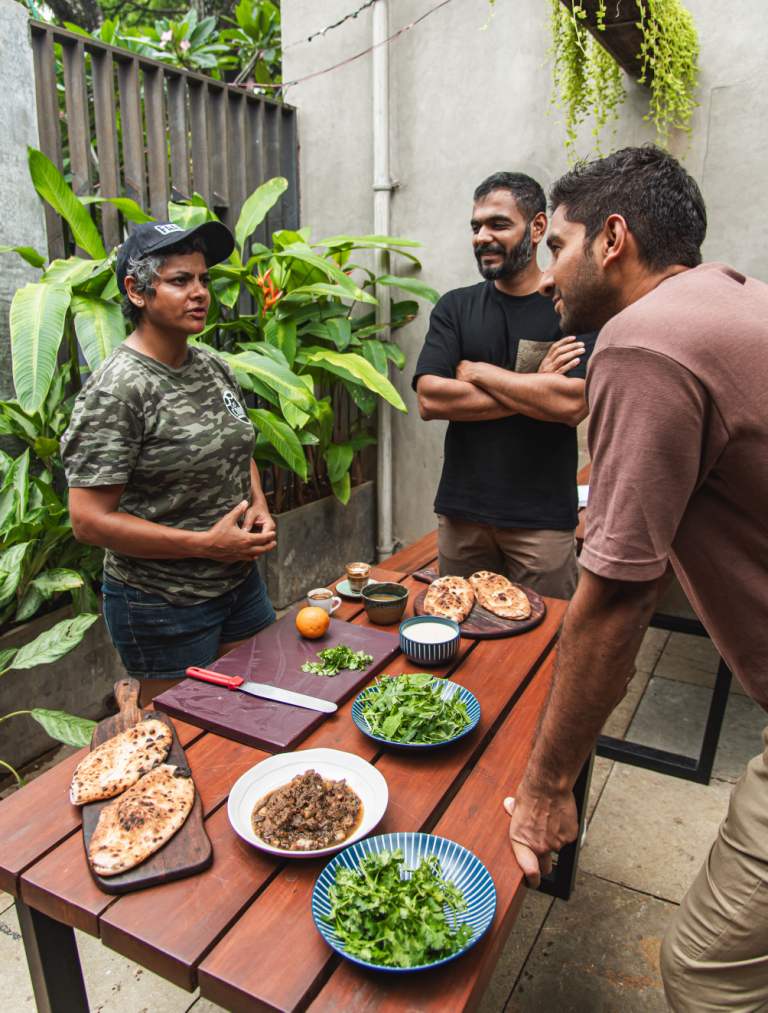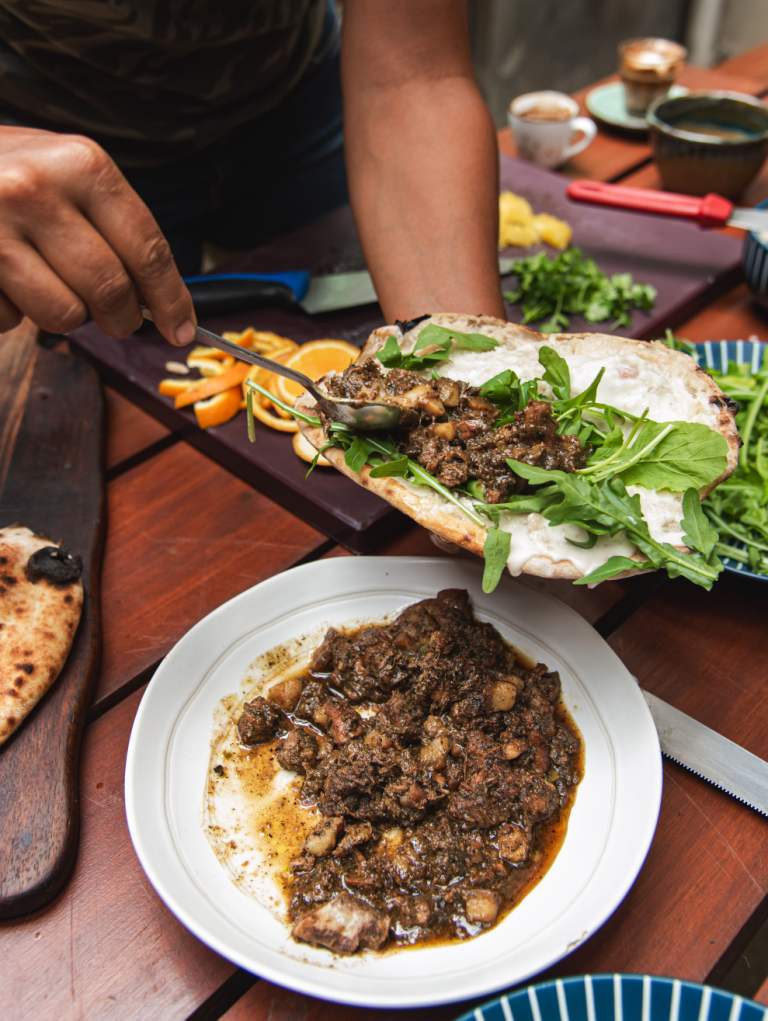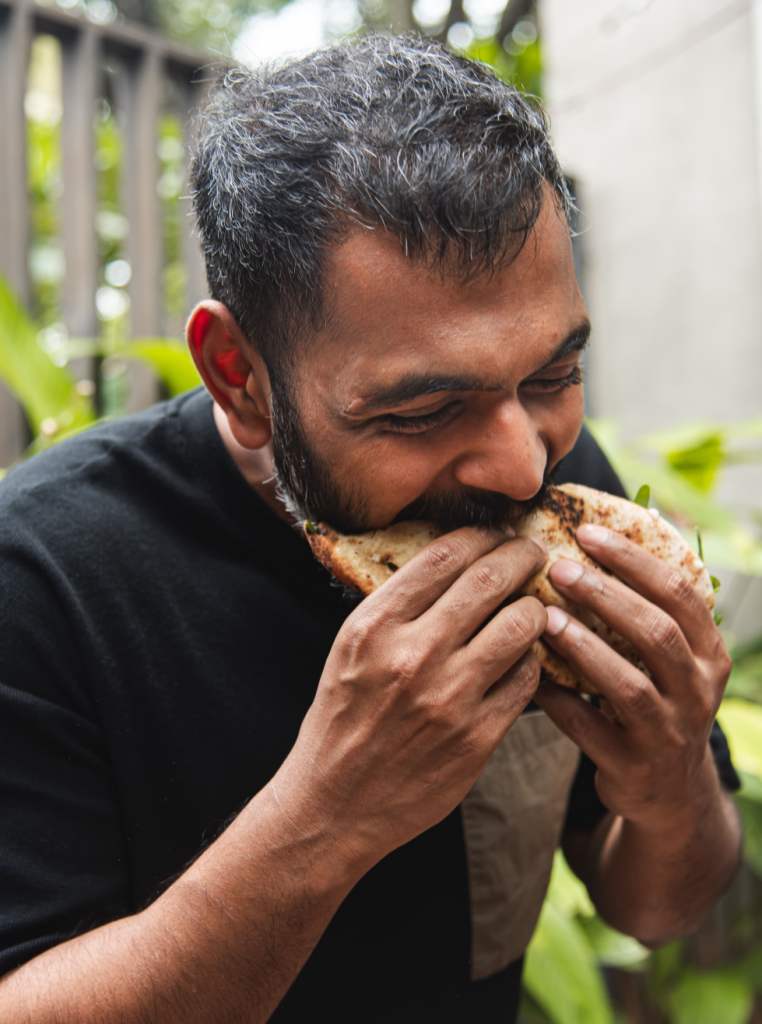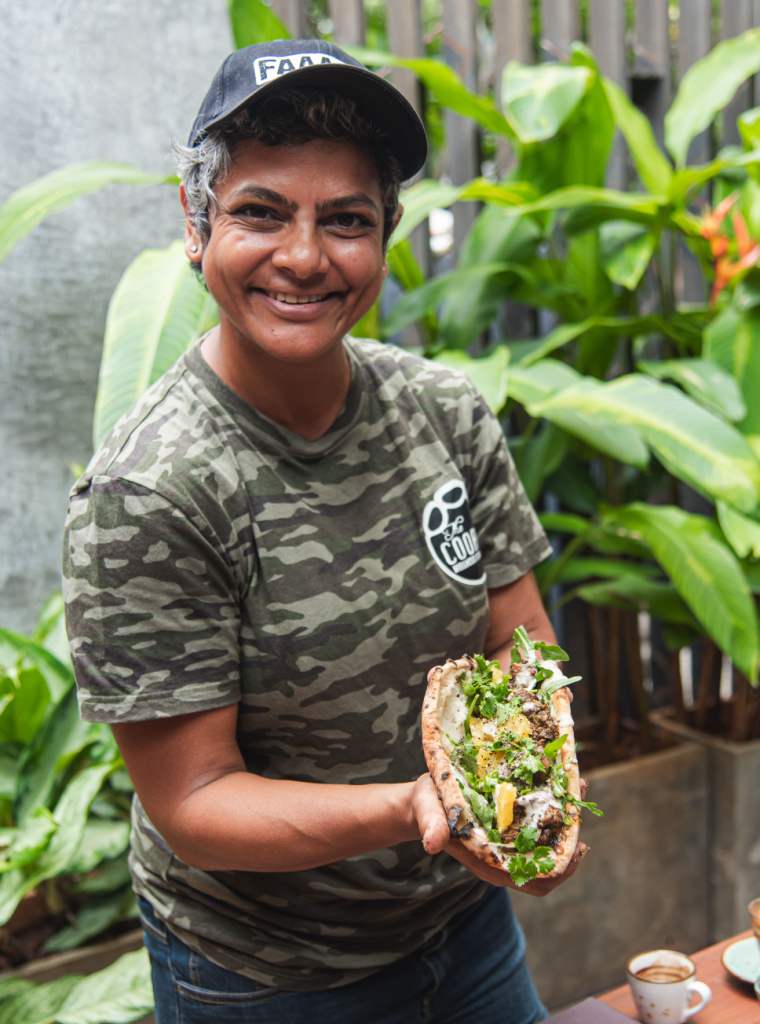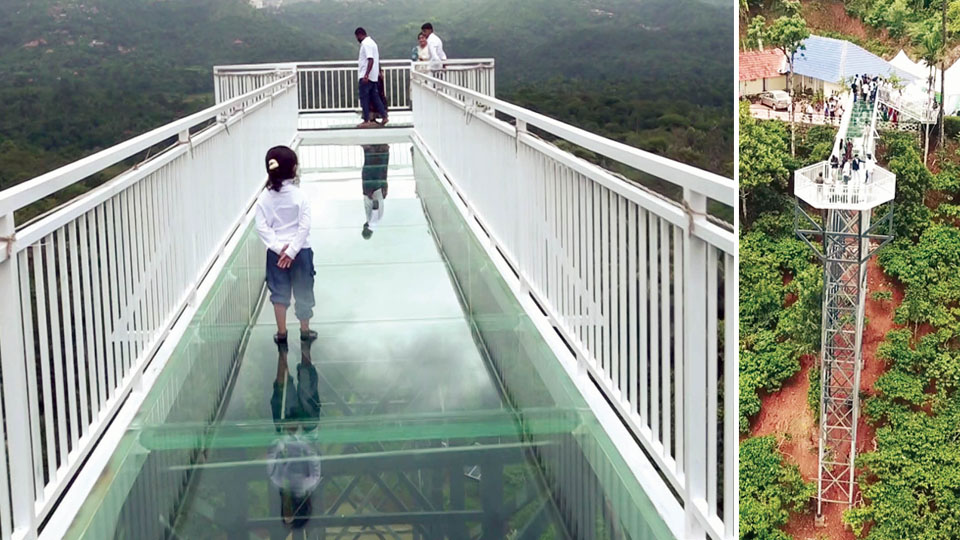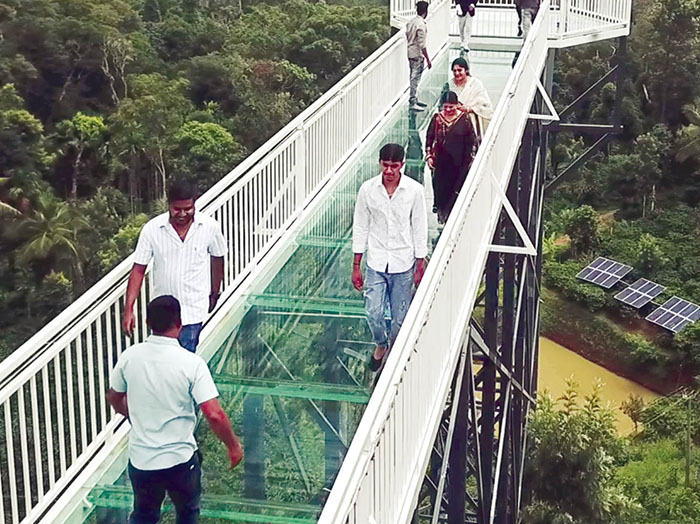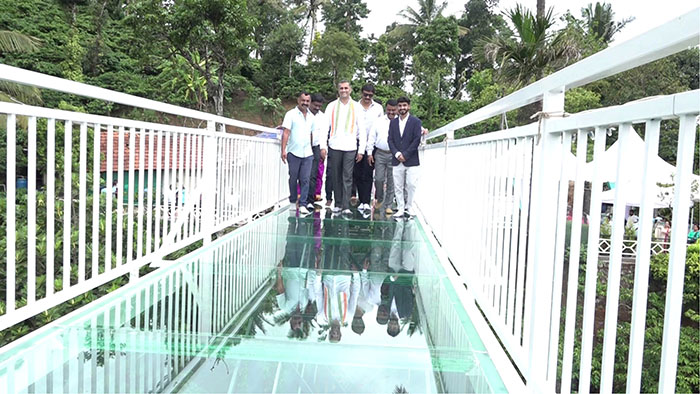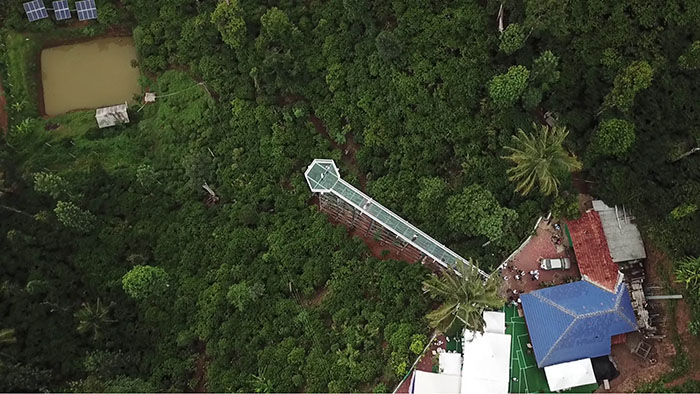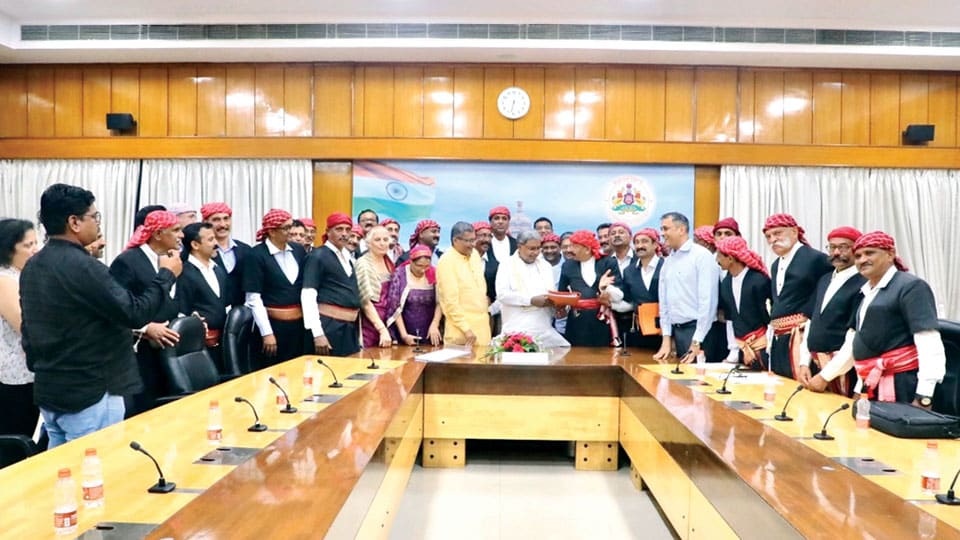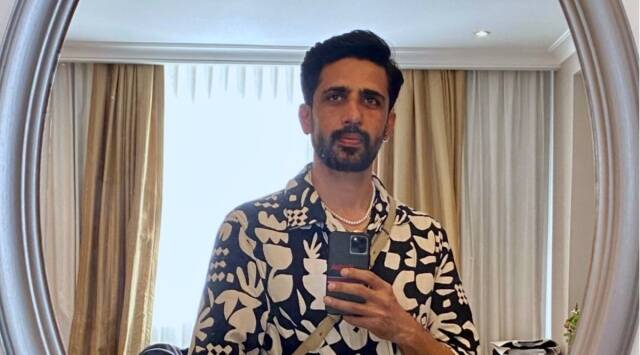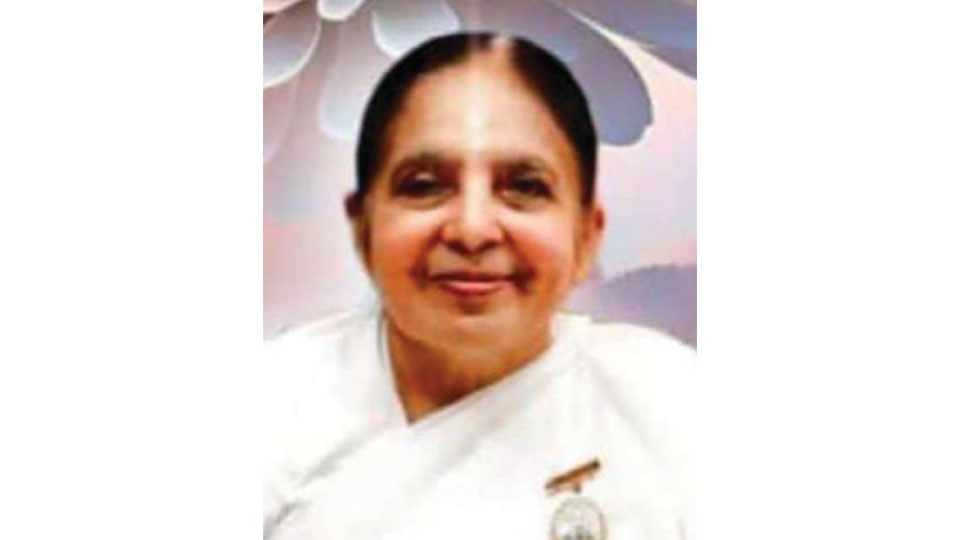Coorg, known as the Scotland of India, experiences a surge in tourism post-monsoon due to heavy rainfall. The Chiklihole Dam, famous for its half-moon shape and serene water flow, attracts thousands of tourists. Accessible from Madikeri, tourists can enjoy the beauty of Coorg’s waterfalls like Abbifalls and Mallalli Falls.
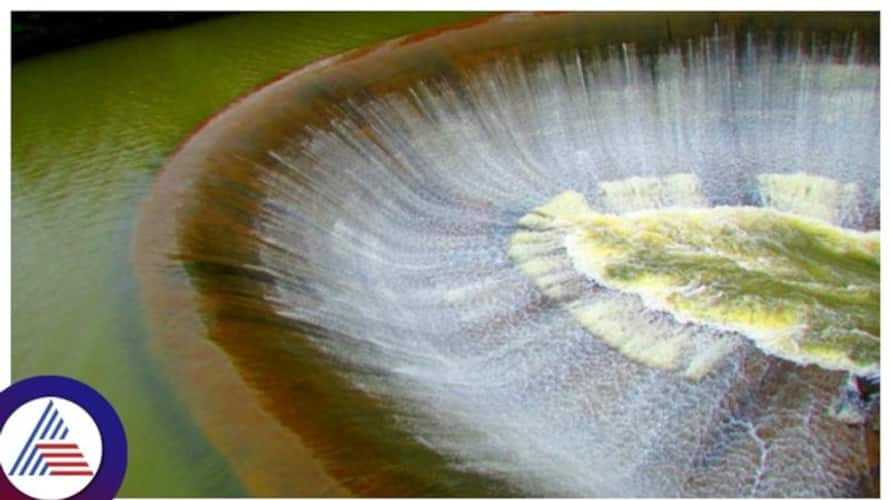
The Scotland of India has been blooming with tourists, with a surge in rainfall. Coorg sees a spike in tourism, post the monsoon season begins. With a hefty rainfall, the city has been spiking with tourism. The CHiklihole dam in the Kushalnagara of Coorg district has raised to fame with its beautiful half-moon shape, tagging along with the name ‘mini-Niagara’.
Though a dam, the water flows along a half-moon shape in the dam and attracts visitors. Each and every tourist place in Coorg resides with silence and quietness. The water flow along the reservoir is very peaceful, besides the noise created by the tourists and the birds chirping along the dam.
The Chiklihole Dam fills up every monsoon, and the dam attracts thousands of tourists every year. Tourists from far away places come to see this beautiful water flow in the dam.
How to reach?
Chiklihole Dam is about 26km from the district place Madikeri. There are no bus facilities, however, one can travel to Suntikoppa in their own vehicle and later Book an auto or a jeep until the dam. This dam is constructed in the Meenukolli reserved forest and provides water to the villages of Kushalnagara and Piriyapattana.
The breeze along the bridge beside the dam will make you dance to the waves of the dam. Meanwhile, the dam fills up during monsoon and calls the visitors.
Tourists can also consider visiting Abbifalls, Abhyat Mangala Falls, Mallalli Falls and Iruppu Falls in the surrounding. Coorg always lives up to its name – Scotland of India, be it during the monsoon and summer.
source: http://www.newsable.asianetnews.com / Asianet Newsable / Home> English> Lifestyle / July 29th, 2023
